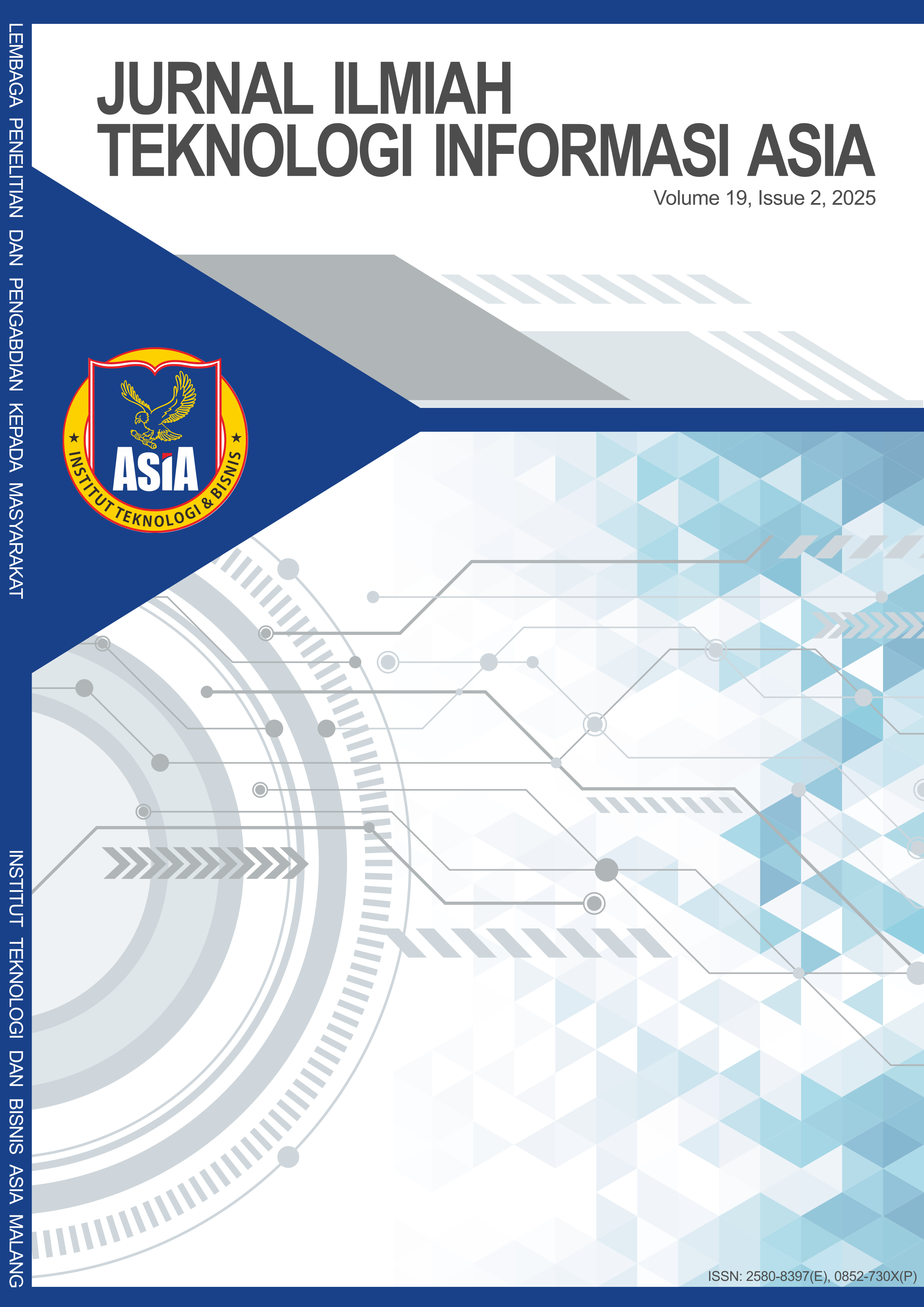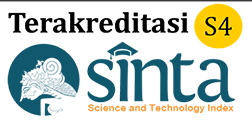The ADDIE and Waterfall models as a framework for developing learning media (a case study: circulatory system learning media)
DOI:
https://doi.org/10.32815/jitika.v19i2.1203Keywords:
ADDIE, learning effectiveness, learning media, research and development, waterfallAbstract
The ADDIE model, while effective for instructional design, often lacks a structured approach to the technical aspects of software development. This study introduces a combined ADDIE-Waterfall framework to create learning media that are both pedagogically effective and technically sound. Using a Research and Development (R&D) method, a learning application for the high school biology topic of the circulatory system was created. The product was evaluated for feasibility through expert validation, practicality through user response questionnaires (n=150), and effectiveness using pre-test and post-test scores to calculate a normalized gain (N-Gain) score. The results demonstrated high quality, with an expert validation score of 92% (“Very Feasible”) and a user response score of 95% (“Very Good”). The learning media were also effective, showing a significant improvement in student learning outcomes with an N-Gain score of 0.63, indicating moderate effectiveness. The findings confirm that integrating the ADDIE and Waterfall models provides a comprehensive framework for developing high-quality, effective educational software. This combined approach successfully addresses both instructional and technical requirements, resulting in a product that is well-received by users and improves learning.
Downloads
References
Andi Rustandi, & Rismayanti. (2021). Penerapan Model ADDIE dalam Pengembangan Media Pembelajaran di SMPN 22 Kota Samarinda. Jurnal Fasilkom, 11(2), 57–60. https://doi.org/10.37859/jf.v11i2.2546
Branch, R. M. (2009). Instructional Design: The ADDIE Approach. Springer US. https://doi.org/10.1007/978-0-387-09506-6
Gall, M. D. ., Gall, J. P. ., & Borg, W. R. . (2003). Educational Research: An Introduction. Allyn and Bacon.
Habibi, A. R., & Agustini, R. (2022). Validity of Learning Media in Reaction Rate Material. JCER (Journal of Chemistry Education Research), 6(1), 8–13. https://doi.org/10.26740/jcer.v6n1.p8-13
Kayande, Prof. (Dr. ) P. S., & Phadnis, Mr. S. (2024). A Study on the Software Development Life Cycle–Waterfall Model at a Aviation Management Consultant. Indian Journal of Software Engineering and Project Management, 4(1), 1–20. https://doi.org/10.54105/ijsepm.A9019.014124
Navarrete, J., Giaconi, V., Contador, G., & Vazquez, M. (2024). Another Reason Why Normalized Gain Should Continue to be Used to Analyze Concept Inventories (and Estimate Learning Rates). ArXiv.
Pressman, R. S. ., & Maxim, B. R. . (2020). Software Engineering: A Practitioner’s Approach. McGraw-Hill Education.
Riduwan. (2023). Dasar-Dasar Statistika (17th ed.). Alfabeta.
Saravanos, A., & Curinga, M. X. (2023). Simulating the Software Development Lifecycle: The Waterfall Model. Applied System Innovation, 6(6), 108. https://doi.org/10.3390/asi6060108
Sommerville, Ian. (2016). Software engineering. Pearson.
Wan Ali, W. N. A., & Wan Yahaya, W. A. J. (2023). Waterfall-ADDIE Model: An Integration of Software Development Model and Instructional Systems Design in Developing a Digital Video Learning Application. Asean Journal of Teaching and Learning in Higher Education, 15(1), 1–28. https://doi.org/10.17576/ajtlhe.1501.2023.01
Additional Files
Published
How to Cite
Issue
Section
License
Copyright (c) 2025 Jurnal Ilmiah Teknologi Informasi Asia

This work is licensed under a Creative Commons Attribution 4.0 International License.
Upon acceptance for publication, authors transfer copyright of their article to Jurnal Ilmiah Teknologi Informasi Asia. This includes the rights to reproduce, transmit, and translate the material in any form or medium.
While the editorial board endeavors to ensure accuracy, they accept no responsibility for the content of articles or advertisements. Liability rests solely with the respective authors and advertisers.
Website material is licensed under a Creative Commons Attribution 4.0 International License (CC BY 4.0). Under this license, users are free to share and adapt the material for any purpose, including commercial use, provided license terms are met. These freedoms are irrevocable by the licensor under such conditions.














